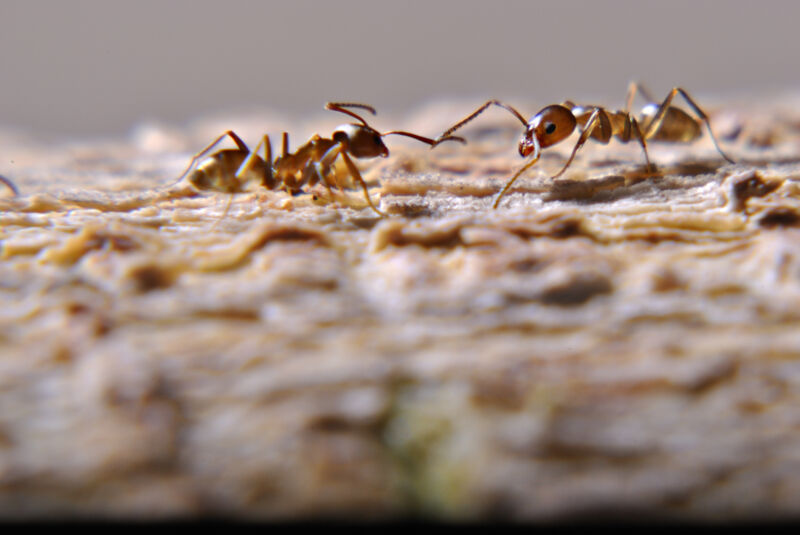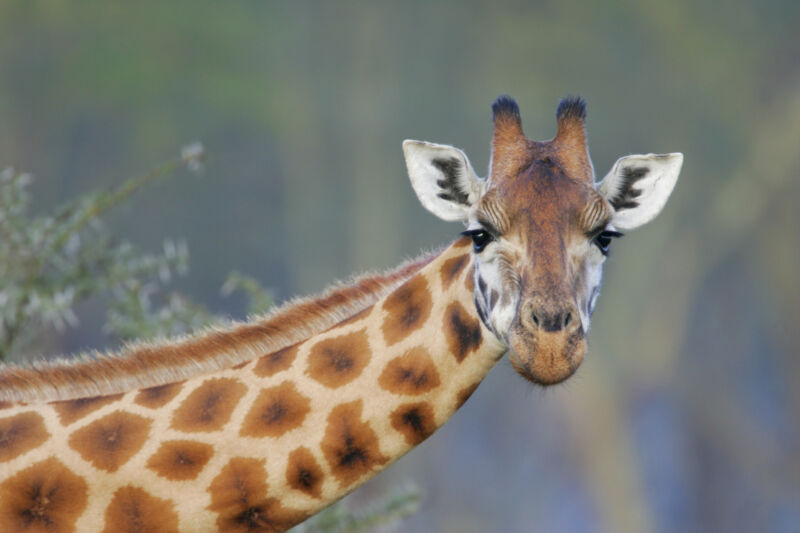-
 chevron_right
chevron_right
For the first time, research reveals crows use statistical logic
news.movim.eu / ArsTechnica · Wednesday, 13 September, 2023 - 15:04 · 1 minute

Enlarge (credit: John Dreyer )
Whether playing tricks, mimicking speech, or holding “ funerals ,” crows and ravens (collectively known as corvids) have captured the public’s attention due to their unexpected intelligence. Thanks to results from a new Current Biology study, our understanding of their capabilities only continues to grow, as researchers from the University of Tübingen found for the first time that crows can perform statistical reasoning. These results can help scientists better understand the evolution of intelligence (and may give us a better appreciation of what’s going on in our backyard).
Bird brains
With a population of over 27 million and counting, crows seem almost ubiquitous across the US. Their loud “caws” are hard to miss, and the tone of these cries varies depending on what the birds are communicating. Like other corvids, crows have a large brain for their size and a particularly pronounced forebrain , which is associated with statistical and analytical reasoning in humans. Thanks to these attributes, ornithologists and animal behaviorists have found crows doing various “intelligent” activities, such as using twigs as tools to extract bugs from tree bark. Some experts have even classified corvids as having the same intelligence as a 7-year-old child.
Beyond using tools, corvids can also do basic mathematical functions, like adding or subtracting. “In the scheme of the natural world, very few animals are demonstrated to possess much in the way of mathematical intelligence (beyond basic numerical discrimination)—things like numerical competence, an understanding of arithmetic, abstract thinking, and symbolic representation,” explained Dr. Kaeli Swift, a postdoctoral researcher in bird behavior at the University of Washington (she was not involved in the Current Biology study). “That several corvid species have been demonstrated to possess some of these skills makes them quite special.”








